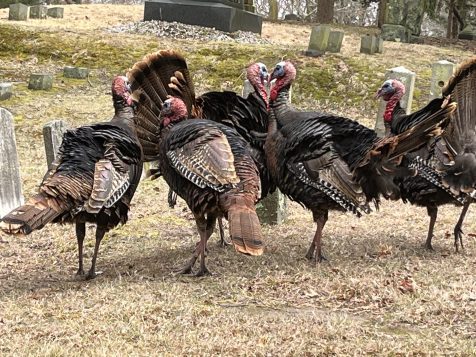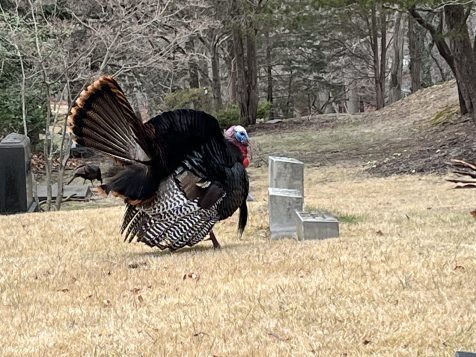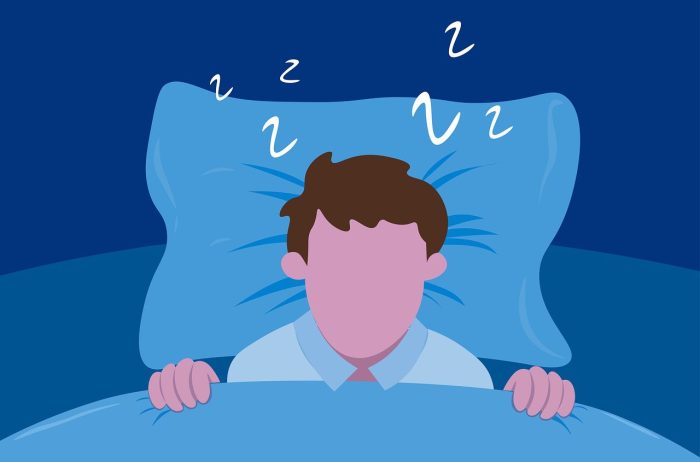By Michael Christodoulou

The financial markets always go through periods of instability. And we may see more of that now, given concerns about tariffs, inflation and the economy. As an investor, how can you deal with this volatility?
Some investors try to take advantage of market ups and downs by attempting to follow the age-old advice to “buy low and sell high” — that is, they seek to buy stocks when they feel prices have bottomed out and they sell stocks when they think the market has reached a high point. In theory, this is a great idea, but in practice, it’s essentially impossible, because no one can really predict market highs and lows.
Rather than trying to anticipate highs and lows, your best strategy for coping with the price fluctuations of the financial markets is to diversify your investment portfolio by owning a mix of stocks, bonds and other types of securities. Different types of financial assets can move in different directions at any given time — so, for example, stocks may be up while bonds are down, or vice versa. If you only owned one of these types of assets, and the market for that asset class was down, your portfolio could take a bigger hit than if you owned a variety of asset types.
And you can further diversify within individual asset categories. Stocks can be domestic or international, large-company or small-company — and these groupings can also move in different directions at the same time, depending on various market forces. As for bonds, they too don’t always move in a uniform direction, or at least with the same intensity — for instance, when interest rates rise, bond prices tend to fall, but longer-term bonds may fall more than shorter-term ones, which are closer to maturity with fewer interest payments remaining. Conversely, when rates are falling, longer-term bonds may be more attractive because they lock in higher yields for a longer time. Consequently, one diversification technique for bonds is to build a “ladder” containing bonds of varying maturities.
Some investments, by their nature, are already somewhat diversified. A mutual fund can contain dozens, or even hundreds, of stocks, or a mixture of stocks and bonds. And different mutual funds may have different investment objectives — some focus more on growth, while others are more income-oriented — so, further diversification can be achieved by owning a mix of funds.
Furthermore, some investors achieve even greater diversification by owning alternative investments, such as real estate, commodities and cryptocurrencies, although these vehicles themselves are often more volatile than those in more traditional investment categories.
Financial companies have been designing newer securities which help lower the volatility within the security, while allowing the investor to have upside potential and significant monthly income.
While a diversified portfolio is important for every investor, your exact level of diversification — the percentages of your portfolio devoted to stocks, bonds and other securities — will depend on your individual risk tolerance, time horizon and financial goals. I highly recommend you consult with a financial professional about creating the diversified investment mix that’s right for your needs. The tools available today for investors have significantly changes to help manage the volatility.
Ultimately, while diversification can’t guarantee profits or protect against all losses, it can help you reduce some of the risks associated with investing and better prepare you to deal with the inevitable volatility of the financial markets — two key benefits that can help you over the many years you’ll spend as an investor.
Michael Christodoulou, ChFC®, AAMS®, CRPC®, CRPS® is a Financial Advisor for Edward Jones in Stony Brook, Member SIPC
This article was written by Edward Jones for use by your local Edward Jones Financial Advisor.






 So this year join the Sound Beach Civic Association in remembering and celebrating what we all studied as the American Revolution. Don’t just read about it — This year live it. Of course, we don’t have to ride, or drive, from Boston to Lexington, a ride that many consider the opening of the American Revolution. There’s another way: An organization, Two Lights for Tomorrow, is asking us to commemorate that famous ride and use the imagery of that shining light “Of the North Church tower” as a uniting call to action to celebrate and serve.
So this year join the Sound Beach Civic Association in remembering and celebrating what we all studied as the American Revolution. Don’t just read about it — This year live it. Of course, we don’t have to ride, or drive, from Boston to Lexington, a ride that many consider the opening of the American Revolution. There’s another way: An organization, Two Lights for Tomorrow, is asking us to commemorate that famous ride and use the imagery of that shining light “Of the North Church tower” as a uniting call to action to celebrate and serve.

















